Everything below is copied and pasted from The MANual You can get a copy by clicking on the image below.
For thousands of years, humans have struggled to understand consciousness. Poets have examined perceptions of reality and the ‘self’ through experimentation in language and form. Artists have long created complex physical representations of the consciousness, while the priests and philosophers of yesteryear have committed years of study to discovering the truth behind what we call ‘reality’.
Today, neuroscientists are investigating the ways in which our brains absorb information and perceive the world around us, and they’re increasingly honing in on the mechanisms of consciousness in the brain.
There are many views of consciousness, and it can be perceived as having several different levels but in basic form, we can view consciousness as three distinct parts: the conscious, the subconscious (or preconscious), and the unconscious.
The first level of consciousness is known as the conscious state, and this refers to our immediate awareness that you are experiencing. We make use of our conscious mind when we take in input from our senses, analyse the information, and then make decisions based on this information. We do this all day, every day.
‘The mind is like an iceberg, it floats with one-seventh of its bulk above water.’
— Sigmund Freud

The conscious mind consists of what we are aware of at any given point in time. It includes the things that we are thinking about right now, whether it’s in the front of our minds or the back. If we’re aware of it, then it is in the conscious mind.
Robert Collier explained the conscious mind expertly when he said, “It is only through your conscious mind that you can reach the subconscious. Your conscious mind is the porter at the door, the watchman at the gate. It is to the conscious mind that the subconscious looks for all its impressions.”
The next level of consciousness, the subconscious (or preconscious), is the stuff from which dreams are made. We can consider it as the storehouse of all remembered experiences, impressions that are left on the mind by such experiences, and tendencies that are awakened or reinforced by these impressions. Every experience you’ve ever had, every thought, every impression lives in the subconscious mind and influences our patterns of thought and behaviour far more than we realise. The subconscious holds information that is just below the surface of awareness. An individual can retrieve such information with relative ease, and we usually refer to these as memories.
For example, if someone asked you right now what your middle name was, you would be able to recall it, or when your father’s birthday was or when it last rained. The memories of past experiences live in what Freud referred to as the subconscious part of our minds, that we might not be aware of one moment, and then fully focussed on the next.
What we accomplish in our life, work and relationships will usually be determined by the habits that we develop over time. The practice of setting priorities and getting on with important day-to-day tasks is both a mental and physical skill. As such, this habit is learnable through practice and repetition until it locks into our subconscious mind and becomes a permanent part of our behaviour. This is why we are starting with this topic and being aware of how the mind works is the first step in harnessing its power.

The final level of consciousness is known as the unconscious. This is made up of thoughts, memories, and primitive/instinctual desires that are buried deep within ourselves, far below our conscious awareness. Even though we’re not aware of their existence, they have a significant influence on our behaviour.
Although our behaviours tend to indicate the unconscious forces driving them, we can’t readily access the information which is stored in the unconscious mind. Throughout our childhood, we gathered many different memories and experiences that formed the beliefs, fears and insecurities that we carry today. However, we cannot recall most of these memories. They are unconscious forces that drive our behaviours.
‘Freud’s Iceberg Theory’ uses the imagery of an iceberg to separate these ‘3 levels of consciousness’. Similarly, we can use an iceberg as a helpful metaphor to understand how much of ourselves we choose to freely reveal to the other people whom we interact with on a day-to-day basis.
As an iceberg floats in the water, the vast mass of it remains below the surface. Only a small percentage of the whole is visible above the surface, and the largest and most influential part remains unseen below the surface.
In precisely the same way, each of us will often have a part of ourselves that we reveal to others, with the larger part of ourselves being deeply submerged that no-one ever gets to see.
After the basic three levels of consciousness, there are other models that discuss 4, 5 & 7 levels. I’m going to summarise the seven levels next.
The 7 Levels
Instinctual
This is the most basic level of sentience for humans and is characterized by survival. This level is primarily obsessed with safety, feeding & reproducing. At least 10% of the world’s population exist on this plane.
Individualist
This level centres around ego fortification. People on this plane are focused on eliminating threats to their identities, beliefs, & properties and is displayed through acts of violence, selfishness & manipulation. Roughly 20% of the world exist here.
Conformist
This level of consciousness revolves around the need for societal acceptance. Members of same tribe / beliefs are valued over outsiders. Adherence to religious/tribal/family customs is strongly emphasized. About 40% of the population exist here.
Rational
Here, critical thinking & rationale predominates. Logic & scientific processes are used to evaluate life processes & human relationships. Justice, fairness & subjectivity are predominant. Roughly 20% exist here.
Pluralistic
An egalitarian perspective is adopted by people on this level and others are valued for their humanity (not because of their social, economic or political class). Love & empathy are moral codes. About 9% of the population exist here.
Integral
On this plane, the polarities of life (good / bad, right / wrong, love / hate, light / shadow, friends / enemies) are seen as a part of a whole. Every level of consciousness is seen to function harmoniously than competitively. Only 1% live here.
Transcendent
This is the peak of human consciousness. A truly divine state where the entire universe is experienced as one organism expressing itself in countless forms. Only about 0.1% ever make it to the stage.
<= 3D consciousness
Shame, guilt, apathy, grief, fear, desire, anger, pride
<= 6D consciousness
Courage, neutrality, willingness, acceptance, confidence, creativity
<= 7D consciousness (enlightenment)
Non-duality, fearlessness, lack of desire, bliss
While enlightenment is a long shot, it’s necessary for every human to exist on the 5th / 6th plane of integration at the very least. This would make you a more creative, impactive and happy individual. As we progress through The MANual, it will become clear that this is what I am hoping to achieve.
The Laws
The Laws are a collection of accepted truths. They have implications for you and your life. Get to know them.
The Law of Cause & Effect
Whatever you put out, you get back. You reap what you sow. This is also called ‘The Great Law’, as it is the guiding law of karma and what most people think about when they think of the term.
The Law of Creation
Life and progress require active participation. People who actively create for themselves and the others around them are more likely to receive in return. Aligns with the golden rule: Create value, receive value.
The Law of Humility
The acceptance of our current state is the first necessary step to progress, growth and change. Develop an understanding and acceptance of where you are, what you control and what you cannot.
The Law of Connection
Everything in your life is connected in some way, shape, or form. All of your actions from your post have impacted your present, and all of your actions in the present will impact your future.
The Law of Responsibility
Take personal responsibility for your life. Look inward-not outward. We are all responsible for how we respond to the circumstances and situations that we encounter. That should be empowering, not frightening-no one can take that away from you.
The Law of Growth
The shift in our internal reality through progress, growth, and change creates a shift in our external reality. We only control our own daily actions, not those of the external actors in our lives. Focus Internally to see progress externally.
The Law of Focus
The mind is only capable of deeply focusing on one thing at a time. Always seek to focus on a single point When in doubt, make that focus a positive one. Multitasking is impossible!
The Law of Here & Now
You cannot live if you are constantly bemoaning the past or worrying about the future. Be present in every single moment and focus on the daily actions chat will contribute to a positive future.
The Law of Giving & Hospitality
When you ore called on co give, give generously and without reservation. If we have good fortune, we must walk the walk and give selflessly to those who may not.
The Law of Patience & Reward
Always be patient with results. Show up consistently, with energy and enthusiasm, and good things will come to you. It’s hard to beat the person who just keeps showing up.
The Law of Change
History will always repeat itself unless and until you make a change to your actions. Change the inputs to change the outputs.
The Law of Significance & Inspiration
We are all significant. Never let anyone tell you otherwise. We all have the power to contribute to a positive future.
Conclusion
In conclusion, the exploration of consciousness has been a pursuit spanning millennia, captivating the minds of poets, artists, philosophers, and now, neuroscientists. Through language, art, and scientific inquiry, we endeavor to unravel the mysteries of perception, awareness, and the self.
At its core, consciousness can be understood as comprising three distinct levels: the conscious, the subconscious, and the unconscious. The conscious mind, akin to the tip of the iceberg, represents our immediate awareness and cognitive processing. It is the realm of thought, decision-making, and perception, where our thoughts reside in the forefront or background of our minds.
Beneath the surface lies the vast expanse of the subconscious, where memories, experiences, and tendencies are stored. It serves as the repository of our past, shaping our thoughts, behaviors, and patterns of action. Memories, dreams, and forgotten impressions dwell here, influencing our actions and perceptions often without our conscious awareness.
Deepest of all is the unconscious, harboring primal instincts, buried desires, and deeply ingrained beliefs. Though hidden from conscious view, these unconscious forces exert a profound influence on our behavior and shape the contours of our lives.
Just as an iceberg reveals only a fraction of its mass above the waterline, so too do we reveal only a portion of ourselves to the world. The larger, submerged part of our consciousness remains hidden, known only to ourselves.
As we delve deeper into the layers of consciousness, we encounter myriad theories and models, each offering its own perspective on the complexities of human awareness. Whether viewed through the lens of Freud’s iceberg theory or explored through more elaborate frameworks, the study of consciousness continues to captivate and inspire, offering glimpses into the depths of the human psyche.









